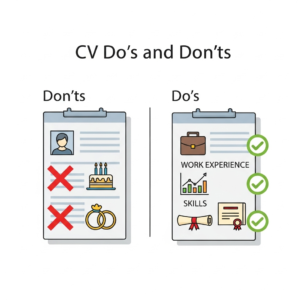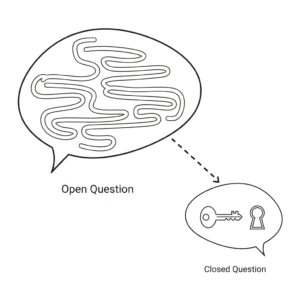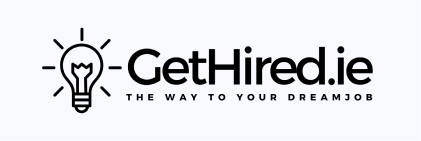In today’s hiring landscape, 60–75% of interviews use behavioural questions like “Tell me about a time when…”—especially common in public‑sector recruitment panels. Without structure, answers can meander. With STAR, CAR, or SOAR, you map out clear, memorable responses that show you in the best light.
💡 Why Structure Works
Studies from the Institute of Work Psychology find structured responses outperform open answers— even when experience levels are similar. And 72% of hiring managers say effective communication is a top‑ranking skill. In short: your words matter—so make them count.
⭐ STAR: A Full Arc of Impact
Structure: Situation → Task → Action → Result
🔹 Best for competency‑based panels, where detail is welcomed.
Why it shines: STAR gives full context—helpful when interview panels debate specifics (common in public-sector roles). In fact, one study showed candidates using STAR had a 40% higher success rate in competency interviews.
Example: “I took over an onboarding program where retention dropped by 30% (Situation). My goal was to increase new-hire satisfaction (Task). I designed peer mentoring and interactive workshops (Action). Within three months, retention improved by 20% and first-year productivity rose 15% (Result).”
🔁 CAR: Crisp, Results-Focused Answers
Structure: Context → Action → Result
🔹 Ideal when interview time is tight—e.g., 10–15 minute HR screenings.
Why it works: Skipping the Task step makes your answer punchy and purpose-built. Recruiters appreciate clarity—especially when they may only have a minute per response to assess fit.
Example: “Sales dropped 15% last quarter (Context). I implemented weekly coaching and performance reviews (Action). We rebounded, surpassing targets by 10% the following month (Result).”
🛠️ SOAR: Highlighting Grit Through Obstacles
Structure: Situation → Obstacle → Action → Result
🔹 Powerful narrative for resilience, adaptability, or crisis leadership—often prized in public-sector roles.
Why it matters: By explicitly naming the obstacle, you show self‑awareness, problem‑solving and emotional intelligence—all traits linked to higher retention and long‑term success.
Example: “Call volumes doubled in a week (Situation), but staff levels were unchanged (Obstacle). I introduced triage protocols and cross‑trained support teams (Action). Response times fell by 20%, and customer satisfaction rose 10% (Result).”
🔗 HR Perspective: Why Storytelling Shapes Outcomes
Dr. Linda Horton, an organisational psychologist, notes that storytelling is a key predictor of performance—far beyond resume bullet points. Panels that assess candidates through structured stories report 20% better on‑the‑job success in the first year.
In public‑sector hiring—where procedural fairness is vital—structured frameworks ensure consistent, transparent evaluation across all applicants.
🧩 Match the Method to Your Story
FrameworkIdeal When You Need to…STARExplain complex tasks & results in depthCARBe concise and results-driven under time pressureSOAREmphasise resilience and overcoming adversity
🧰 Pro Tips for Impact
- Always Quantify: “Improved efficiency by 25%,” “Saved €12K annually” — numbers resonate.
- Stay Under One Minute: Most videos/process panels don’t want a long speech.
- Adapt to the Job Description: Mirror their keywords—especially for competency-based panels.
- Practice Out Loud: Record yourself, rehearse with a friend, refine your pace and tone.
✨ Final Thought
Your career story isn’t just what you did—it’s how you thought, reacted, and grew from experience. STAR gives clarity, CAR delivers speed, and SOAR brings soul. All can unlock doors, especially in fair and structured public-sector processes in Ireland and beyond.
Your story deserves to be heard—and heard well.
Want help turning your experiences into STAR, CAR or SOAR stories that shine in a public-sector interview? Comment “STORY” below or send me a private message—café chat or mock session, I’ve got you.
#BehaviouralInterviewing #CareerStories #PublicSectorJobs #GetHiredIE #InterviewTips #HRInsights










